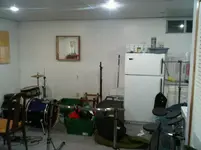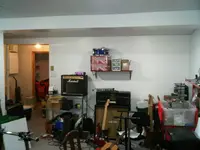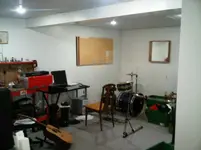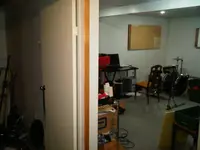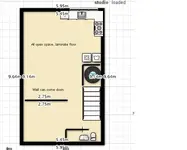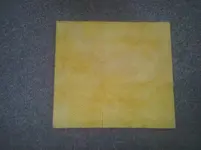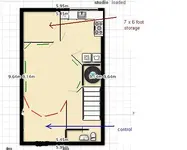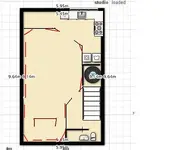K
Kapo_Polenton
New member
Hi guys, I'm currently considering converting part of my basement into a studio. I'm thinking separate control room, one tracking room for instruments, and movable GOBO's where required to capture guitar amps or other stringed instruments. I've been doing a ton of reading and researching and i understand that ceilings can be a real problem for mixing and tracking. I understand some type of cloud will be required and that it should probably be angled somewhat. Is this correct? Do those slat couplers made of wood make a diff in that they allow the room to seem "bigger" or am i better off with just using what i put on the walls, on the ceiling? I already have these acoustic type ceiling tiles that sit on rails.. i can redo all and any of the ceiling in the basement but it won't make it that much higher. I am putting laminate down as part of a reno anyways (look and feel thing) and will probably work with carpets in tracking area. Any suggestions on the design or type of design i should use for the ceiling? I'm finding that the hardest to find info on right now.
Thanks
Thanks

